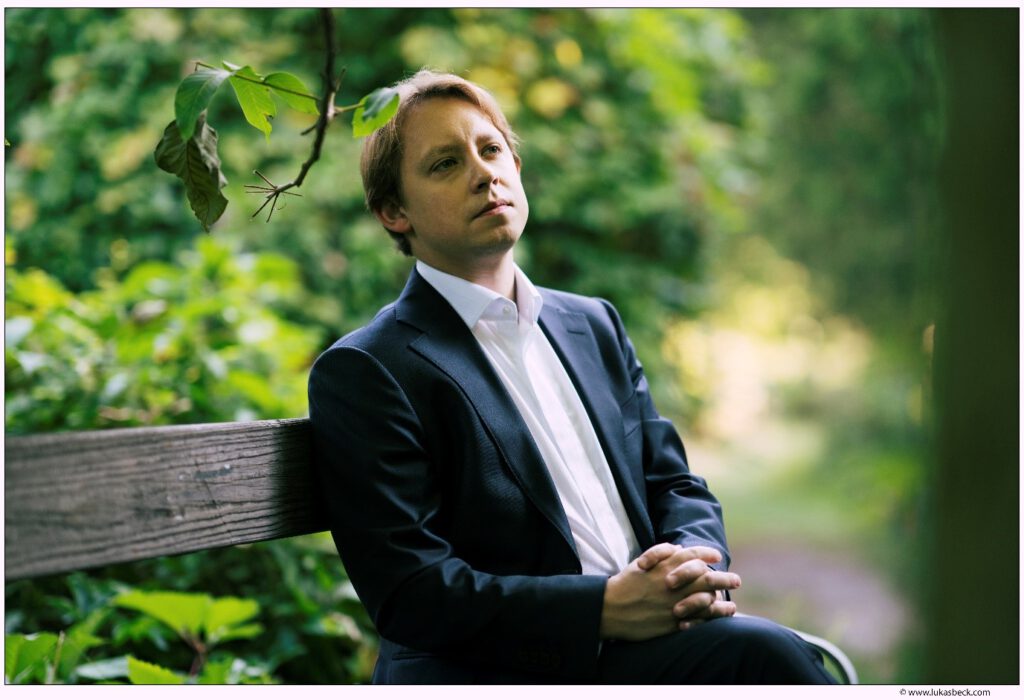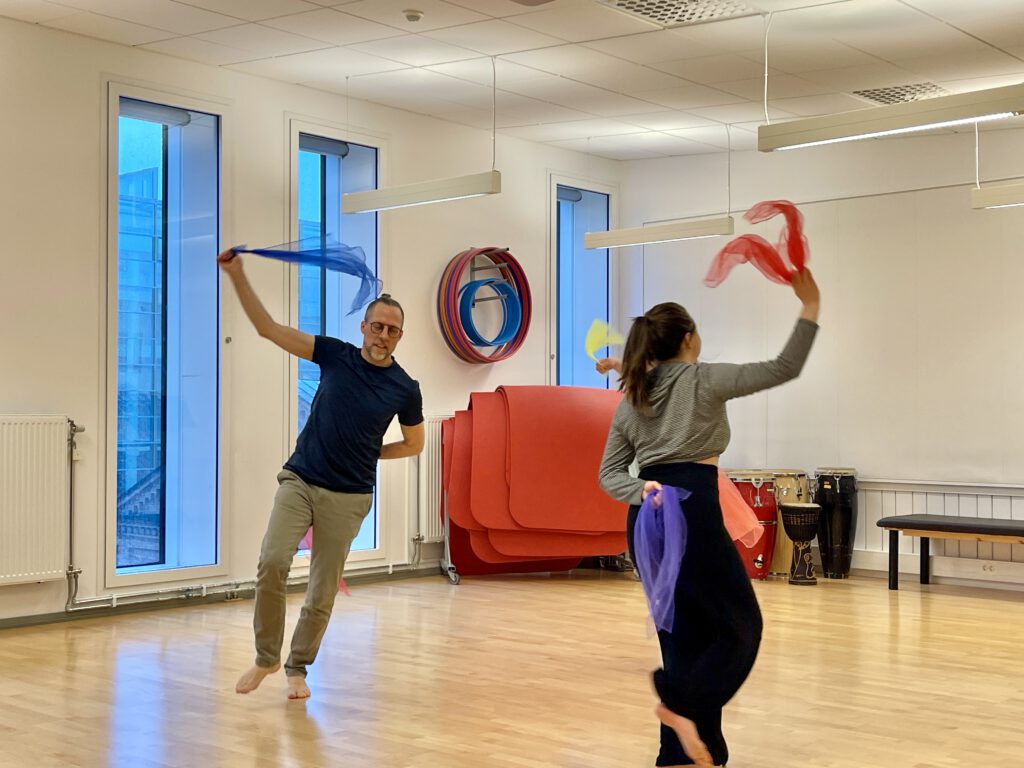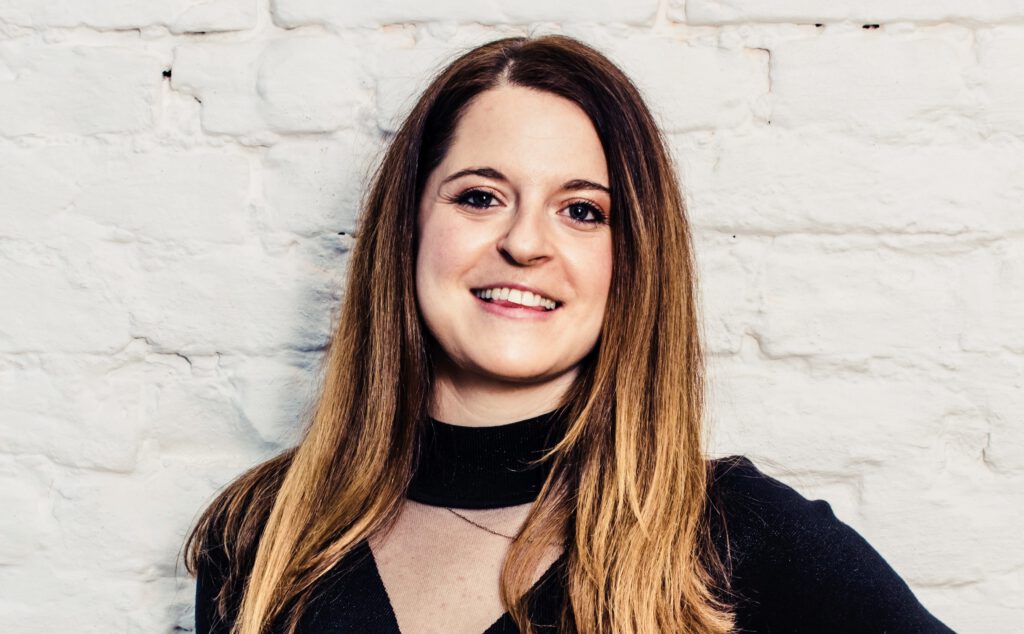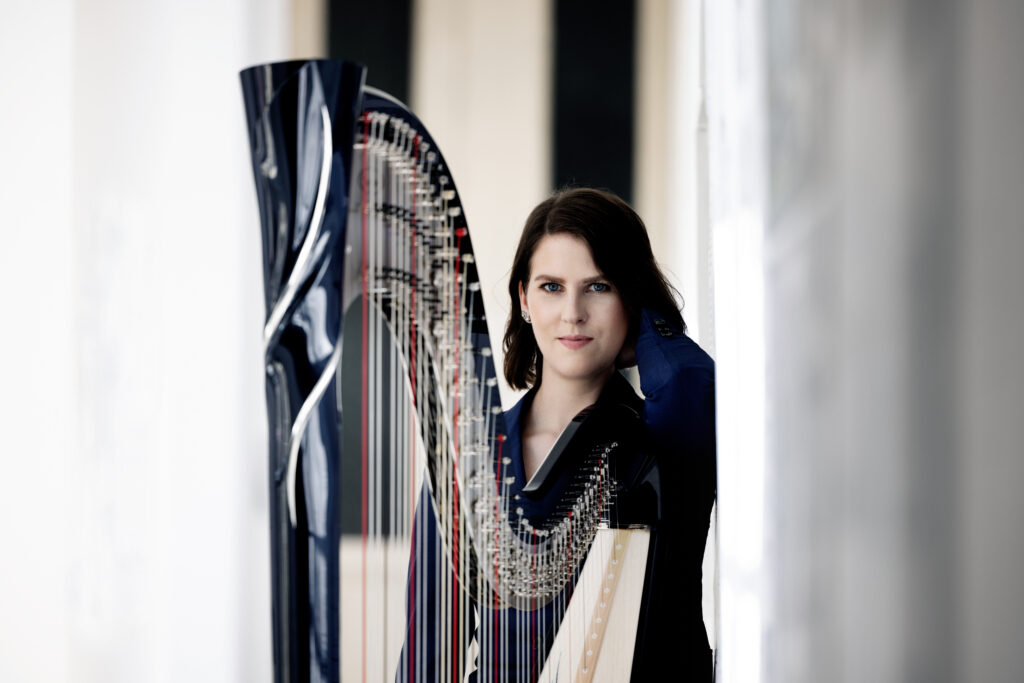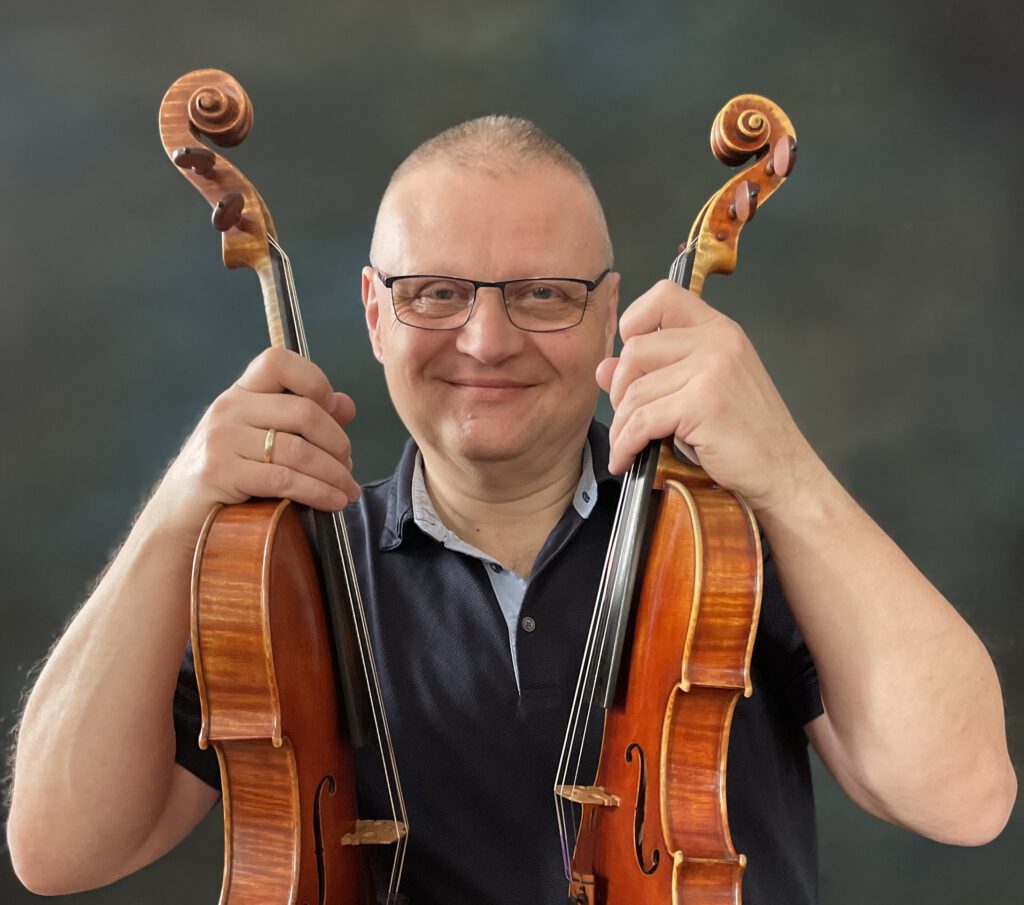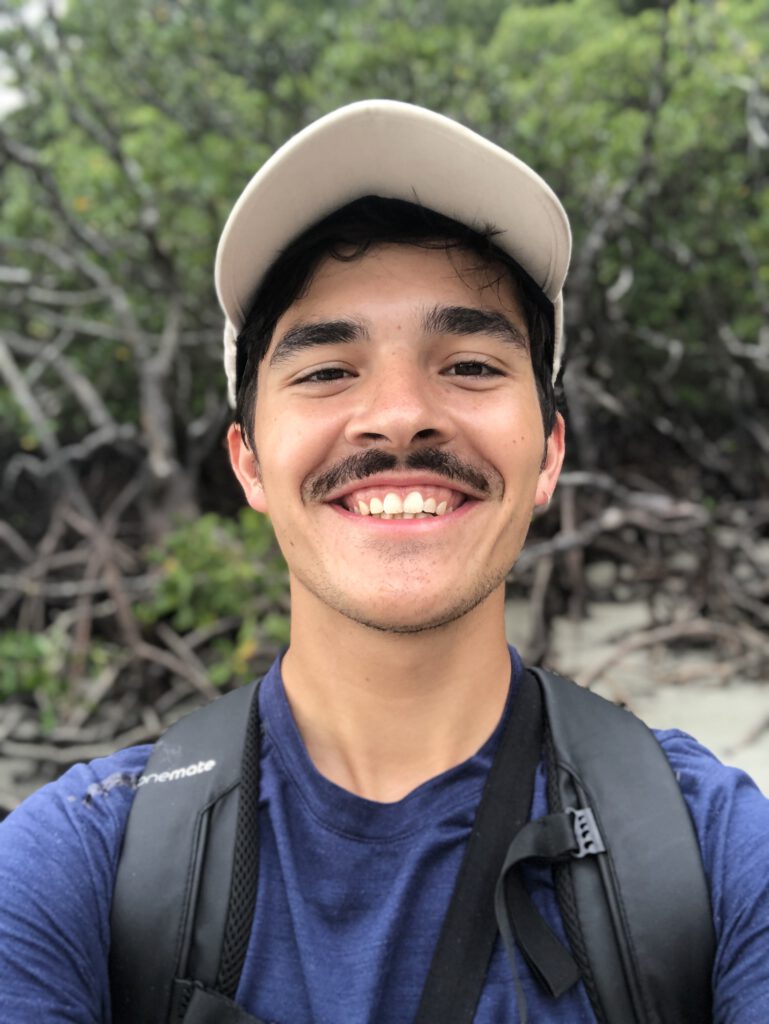Life in the Italian Capital
How to find your way around Rome as an Erasmus student
I would like to dedicate my essay to all those who are considering studying in Italy or are about to do it. A few words about me: My name is Gregor Eisenhut. I’m 22 years old and study voice in the mdw’s bachelor of arts programme. I thought for a long time about whether it would pay off for me to spend a semester abroad or if I should skip it. There are obviously “pros” in this regard, but also “cons”. At the end of the day, I am happy that I decided to do it, and in this essay, I would like to tell about some of the experiences I had.
Life in the Italian capital
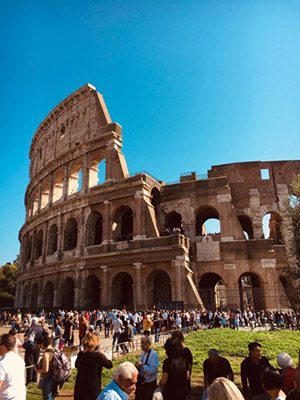
First of all, one has to be aware that Rome is much larger than Vienna – in terms of population as well as land area – and that one should not expect a good public transport system like the one in Vienna. The one in Rome leaves much to be desired. You can buy a monthly pass for the ATAC (the Roman transport system) at any tobacconist’s shop for a mere 35 euros, and – like in Vienna – it is valid for the entire city. You can even take it to Ostia, the beach town about 30 kilometres away. There are about four trains an hour there from the Ostiense train station, which you can reach by taking the metro line B to the Piramide stop.
The two-and-a-half metro lines and a handful of streetcar lines function fairly well, but you need strong nerves if you decide to take the bus, which is usually overcrowded and as a rule comes much too late. It is also worth mentioning that strikes are a common occurrence (usually on Fridays), and in this case, you just have to walk. The rule of thumb is: if the walk is under an hour, then you walk!
Sometimes stops are simply closed for a half year, and the reason could be a burnt-out lightbulb, a defective escalator, or a ticket machine that is out of order.
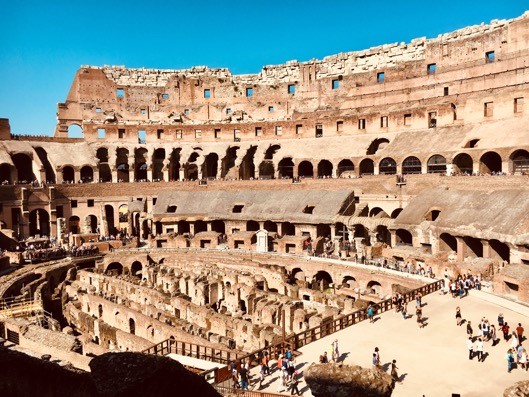
Consequently, it is advisable to look for a flat, a shared accommodation, or a dormitory as close as possible to where you will be studying. And if there is a metro in the vicinity: jackpot!
I studied at the Conservatorio di Musica Santa Cecilia, which has two locations. Both are very centrally located near the Piazza di Spagna, which can be reached via the metro line A, Station Spagna.
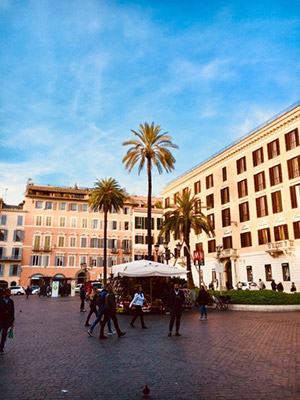
Finding accommodations (whether it is a flat, group housing, or a dormitory) is a difficult undertaking. In my experience, the Italians are a rather spontaneous people, and you will usually not have much luck trying to arrange for a room in advance. I simply arrived in Rome a bit ahead of time, booked a room for a week through Airbnb, and then began my search. There are a number of Facebook groups and homepages that are helpful. You can also often find advertisements in public spaces (such as on streetlight poles), especially on the La Sapienza university campus.
Rome is unfortunately an expensive place, and you have to look very hard to find something affordable. The differences in housing standards are very great, so I wouldn’t book anything without looking at it first! As a rule, if you find something suitable, you call them on the phone. For those with languages difficulties, a WhatsApp message in also an option. < Assuming you get an answer to your enquiry, you will usually be invited the same day to come and look at the flat, and if you are interested, you should sign off on it right away – but only AFTER you have seen it. Because the Italians live a very fast-paced life, it is very possible that the flat will be gone by the next day if you don’t act quickly.
A small culinary digression
Eating out in Rome is expensive as well. But there are a few tips and tricks for not overstretching your student budget. Italians generally enjoy an alcoholic beverage – an aperitif – at around 6 p.m., along with a small snack, and then have a proper dinner at about 9 p.m.
Dinner at a restaurant can easily cost 25 euros per person, but many restaurants and bars offer a so-called aperitivo. This is generally an all-you-can-eat buffet with all sorts of small snacks that are included in the price when you order a drink (which usually costs between eight and ten euros).
There are also a few places near the university where one can get a plate of pasta at lunchtime for four to six euros. So it pays to keep your eyes open.
About my experiences at the Conservatorio Santa Cecilia
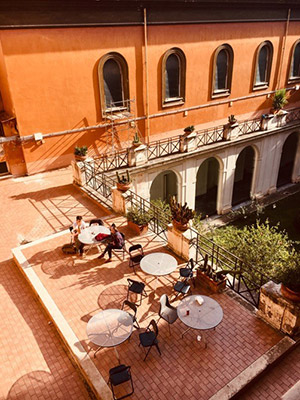
You get used to daily life in Italy fairly quickly, but growing accustomed to how things work at the conservatory is somewhat more difficult. The first thing to know is that you cannot expect Austrian standards.
In principle, it works like this: After the first appointment with the Erasmus coordinator, you know what classes you will have with what professors. You then have to personally contact these professors, who in Rome are customarily addressed as “Maestro”. Or you show up for the first session – provided you can find out where and when it is being held – and introduce yourself. Roughly speaking, classes begin sometime between October and Christmas.
Your main course of study – your vocal or instrumental lessons – are held differently than in Vienna. In my case, it was like this: I always came for my lesson on Tuesday morning and waited until the professor was ready to work with me. There are always several students in the classroom at the same time, and it is customary for people to listen to each other. Every week you prepare a new aria, you sing it for the professor, he tells you what he thinks about it, and then it’s the next person’s turn. Occasionally, you all do a few warmup exercises together.
So, I would recommend a semester abroad in Rome only for those students who have solid technique, because you can’t expect much in the way of technical instruction.
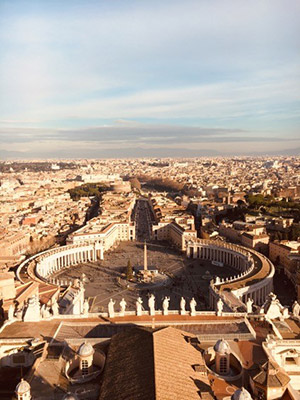
I got along with my professor quite well on a personal level, but there were differences of opinion with regard to singing. Working with this teacher for an entire semester was a challenge for me, and I was happy to have had the generous support of my professor in Vienna, otherwise my stay in Rome – as far as my voice goes – would not have turned out so well.
The professor you are assigned to is naturally a risk, and everyone who is doing a semester abroad should be aware of this! Getting in touch with a teacher beforehand does not help much, because you still can’t know if you will be compatible musically. You would have to go there personally and have a few lessons with him or her.
Changing teachers is theoretically possible but – like in Vienna – not that simple. Of course, you can also get lucky, but you simply have to be prepared to get a teacher with whom you don’t feel entirely comfortable. This is often a very personal affair, particularly in artistic courses of study.
In closing, I would like to also mention that my main reason for studying abroad was to learn Italian. My goal was not making great advances vocally but rather to improve my Italian. I unquestionably attained this personal goal in these few months.
Are you a mdw student and interested in spending a semester or year at one of our partner institutions?

